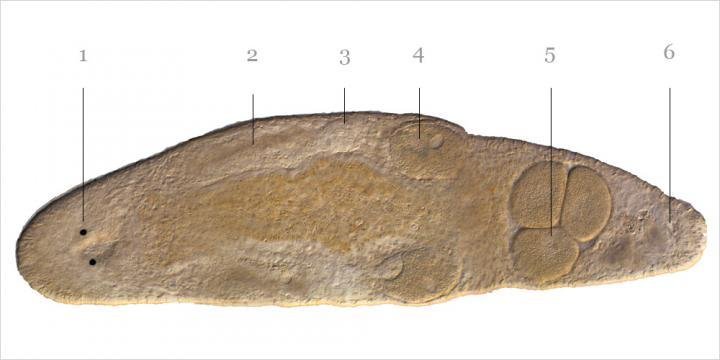BASEL, Switzerland, July 1 (UPI) -- Being single can be a drag, even for the most simple of creatures. Humans have a variety of distractions to mask their sexual frustrations, but for flatworms, the drive to reproduce is everything.
When Macrostomum hystrix flatworms fail to find a mate, it's beyond devastating. Unwilling to accept their fate, single flatworms use a bizarre workaround to reproduce. They self-fertilize. The flatworms literally inject sperm into their own heads using a needle-like penis.















